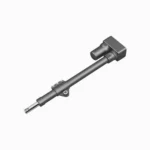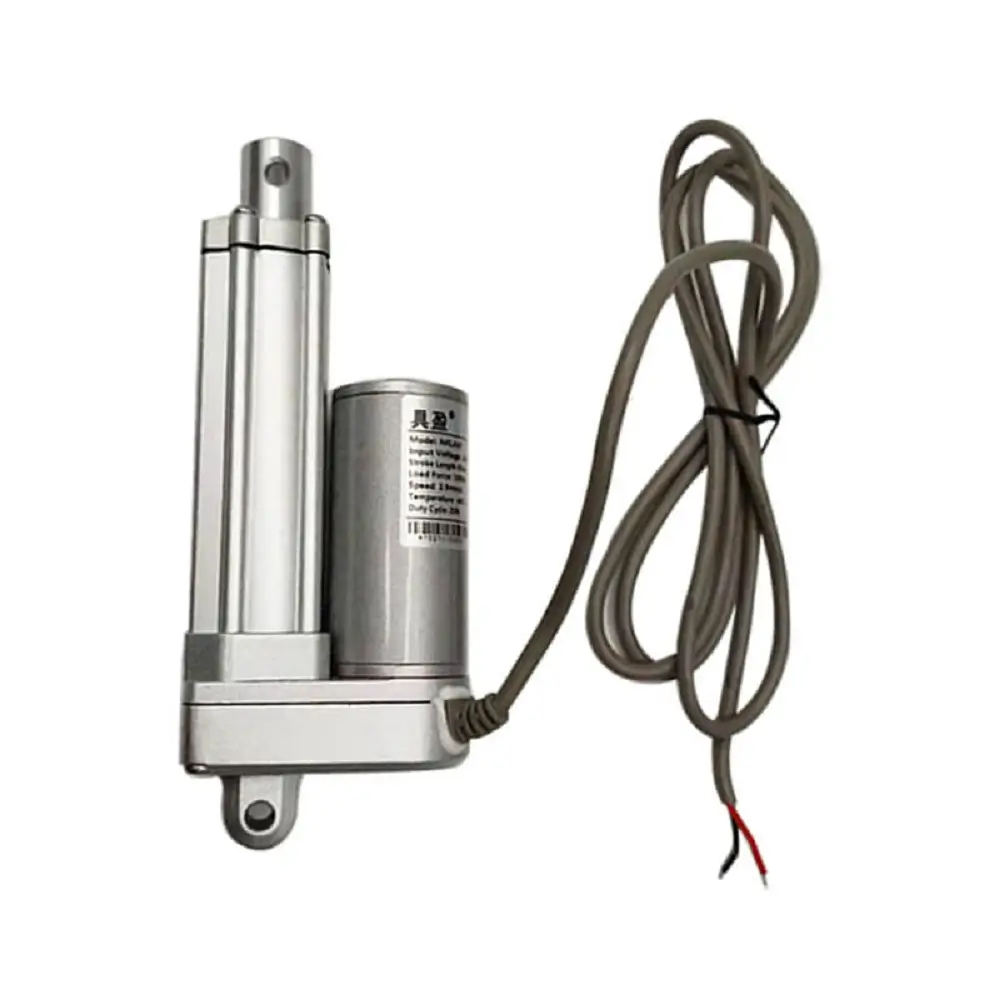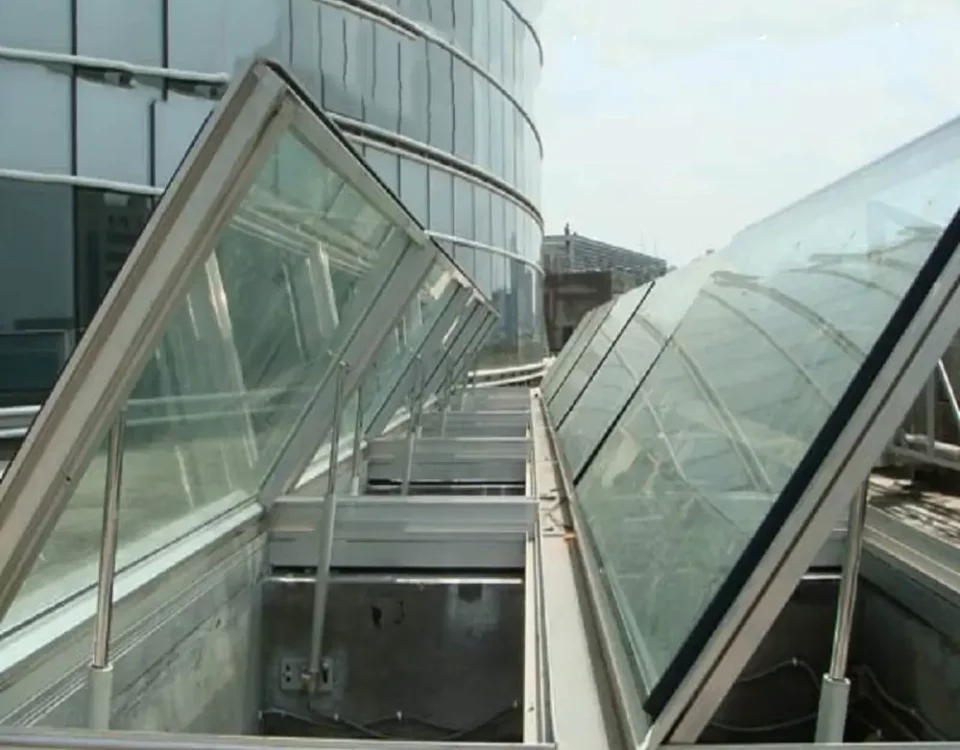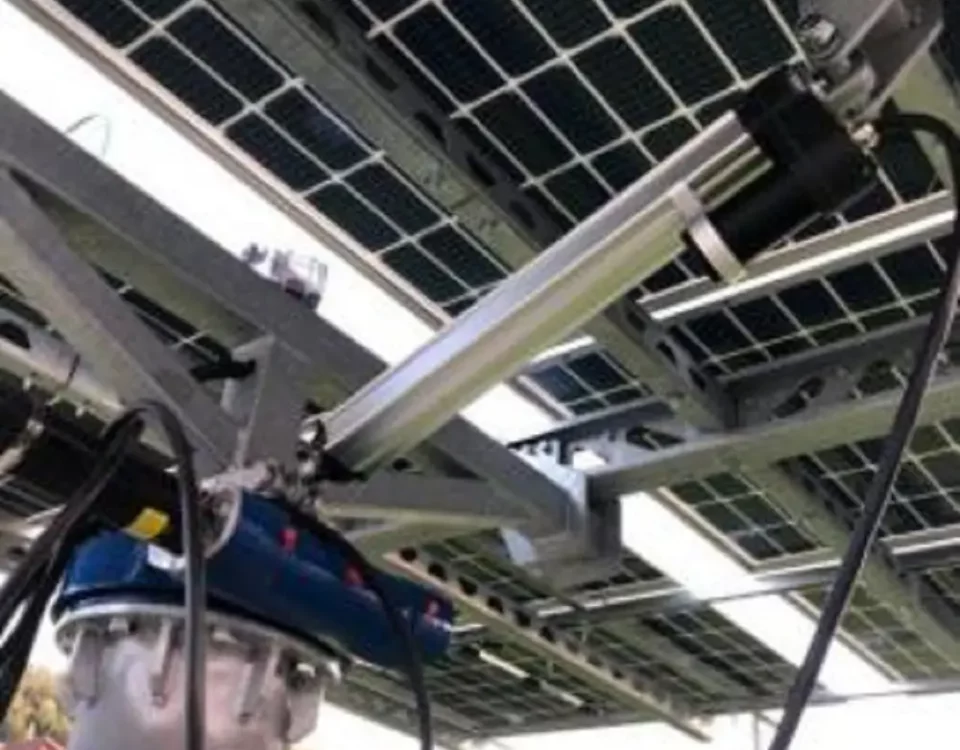
12KN linear actuators for solar panel array

Why are electric lift tables popular
An actuator is a device that is responsible for the movement element in a system i.e., it is responsible for all the motion-related parts in a mechanism or system. There can be many kinds of motions in a system, such as linear motion, rotary motion, vibratory motion, and circular motion. All of these are executed using actuators that perform the necessary task.

An linear actuator is a type of actuator that is specifically used for creating motion in a single straight line using input provided by the system. They take energy from the system in the most suitable form available, may it be electrical, mechanical, hydraulic, or pneumatic, and convert it in a linear motion to lift or move the load applied. The linear actuator can provide movement in one or two directions, i.e., push, pull, or both. Their motion can be precise or rough according to the application and the type of linear actuator used in the system. For example, an electromechanical linear actuator will be less precision as compared to a piezoelectric linear actuator.
Linear actuators are used in various applications as an integral component of the system. Consider it the hand of the system with which it does work. It finds its uses mainly in automation projects. It is also used in everyday usage systems such as computers, valves, and printers.
Types of linear actuators
Linear actuators have different types according to their mode of working and the input they require. Every type has its specific function and output quality.
Mechanical linear Actuators
Mechanical linear actuators have rotary motion as their input by using a handle or control knob, and they convert it into linear motion. The motion is converted by using screws, more commonly known as lead screws, wheel, and axle, or cams but lead screws are the most prevalent of all. They do not require any power source as they are powered by manual human input. They are also repeatable i.e., they can repeat their motion over a long period without getting wear and tear. A common example of mechanical actuators is car jackscrews.
Electric linear actuators
Electric linear actuators have similar functioning to mechanical linear actuators. The difference is that the manual input is replaced by an electric motor which rotates the input gear assembly. The gear assembly is connected to the lead screw and in this manner, linear motion is obtained at the output. The electric linear actuators are commonly used in automation systems. They have the same behavior in extending and retracing so provide accuracy to the system.
Hydraulic linear actuators
Hydraulic linear actuators work on Pascal’s law and use two cylinders having a piston in one of them. When a force is applied to the liquid in one cylinder, it is exerted with an equal amount to the second cylinder and the load is moved or lifted. Since the liquids are nearly incompressible, hydraulic linear actuators can provide preciseness to the system. They can also provide very high force to the system as compared to the electric linear actuators.
Pneumatic linear actuators
Pneumatic linear actuators have similar functionality to hydraulic linear actuators except they use compressed air instead of liquid. It makes them preferable over other linear actuators as their input is simply compressed air. They are used in many mechanical industries, but they cannot lift the heavy load as a mechanical linear actuator can and they are also susceptible to leakage.
Performance criterion
There are a few criteria set for determining the performance quality for linear actuators. These criteria are then used in selecting the right linear actuator for your usage.
* Force
It is the most familiar performance criteria for assessing a linear actuator. It refers to the amount of force that a linear actuator can exert lifting or moving a body. Two important metrics used for the assessment of force for linear actuators are ‘static’ and ‘dynamic’ load.
The static load is the ability of a linear actuator to hold the load when not in motion, while the dynamic load is its ability to hold the load in motion.
* Speed
The speed of the linear actuator depends upon the amount of load applied. Generally greater the load, the lesser the speed. Therefore, the speed of a linear actuator should be assessed in a no-load condition.
* Durability
It refers to the amount of time for which a linear actuator can work without lowering the performance. It is decided by the quality of manufacturing and the type of application for which the actuator is being used for.
Selecting a linear actuator
There are generally 5 steps for determing the right actuator for your application. These steps are related to the performance criteria of a linear actuator.
1. How much force do you need?
The amount of force required for an application is constant. All the linear actuators have a maximum force that they are capable of, mentioned with them by the manufacturer. In this way, it will be the first step of your selection procedure.
2. How much travel (stroke) do you need?
Travel or stroke is the maximum distance that a linear actuator can move. Linear actuators are available with varying stroke lengths. You can select according to your requirement.
3. How fast do you need it to move?
The speed of the actuator is measured by the distance traveled per second. This depends upon the type of project you are using it for. Generally, speed comes at the exchange of power. If the load is high, speed will be low and vice versa. The speed of a linear actuator is mentioned by the manufacturer.
4. What should be the duty cycle?
The duty cycle describes the amount of time for which a linear actuator can work without stopping. It generally refers to how often you need your linear actuator to work.
5. Dimensional limitations of your application
These are some of the main steps that should be performed for selecting a linear actuator. In addition to these, other considerations are also taken into accounts such as the size of the linear actuator, mounting style, and type of actuators.




